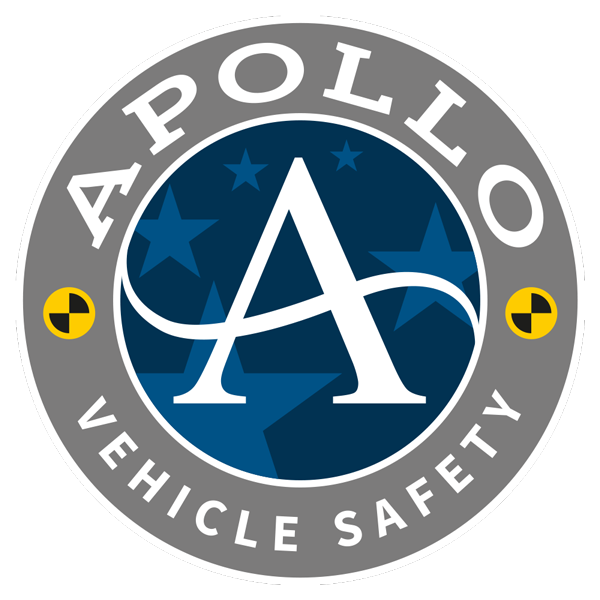Bus Braking Data
Project Scope
Advanced Emergency Braking Systems sensitive to vulnerable road user crossing collision scenarios have substantial casualty reduction potential. Transport for London (TfL) has committed to fitting Automated Emergency Braking (AEB) systems on new London buses from 2024, subject to development of suitable technology on the market. Earlier research in relation to their Bus Safety Standard had examined the relationship between the benefit of AEB in true positive situations and the risks to standing or unrestrained passengers on board the bus. It found that if the false positive rate was sufficiently low then strong net benefits were likely. However, two key aspects of that analysis were based on small samples of data.
So, the aim of this research on bus braking data was to develop new data to improve the robustness of the original analysis and to refine it with more detailed characteristics. The project was sponsored by Tfl and was undertaken by Apollo in partnership with TRL Limited
OUR Role in the Project
The first critical area for the analysis involved identifying the distribution of passenger falls on a bus with respect to a variety of measures of brake deceleration, such as initial speed, change in speed, peak deceleration, mean deceleration or rate of change of deceleration (i.e. Brake jerk). This has been quantified by reviewing incidents of passenger falls that were recorded by CCTV systems that included measurements of speed and acceleration. The second critical area was establishing the exposure to risk. How frequently were brake applications involving those levels of deceleration, or initial speeds, jerk etc observed in normal service. With data on incidents and exposure, it is possible to calculate a rate of passenger falls per brake application of each severity level.
The exposure data was initially quantified using instrumentation grade equipment on board a bus during an out of service road trial of just 400km, and no harsh braking incidents occurred. So for this project, standard on board telematics systems on 50 buses were modified to provide data at more than 30 Hz for a period of 6 months, where more than 1 million bus km were covered.
Apollo led the definition, collection, processing and analysis of the telematics data for naturalistic driving, responsible for processing Tera Bytes of raw data into manageable event data, defined by use, and from there into the desired metrics for speed, acceleration and jerk in each brake application. We were also responsible for integrating the new results into the previous casualty risk model developed under the bus braking standard. The model was also adapted to allow for potential changes in post-pandemic driving environments, because it was considered that an increase in vulnerable road users, and a decrease in bus passengers could have the potential to change the risk benefit considerations.
The results showed significant change from the first model, suggesting much higher false positive rates would be needed to erode the benefits predicted. It also showed a passenger fall risk function was most strongly linked to peak deceleration and that results from in-service observations differed quite markedly from results achieved in more common laboratory studies. Considerations that may be important not only for bus AEB but also for automated vehicles.
The final report can be downloaded here.
If you have a project requiring testing or consultancy, please get in touch.

